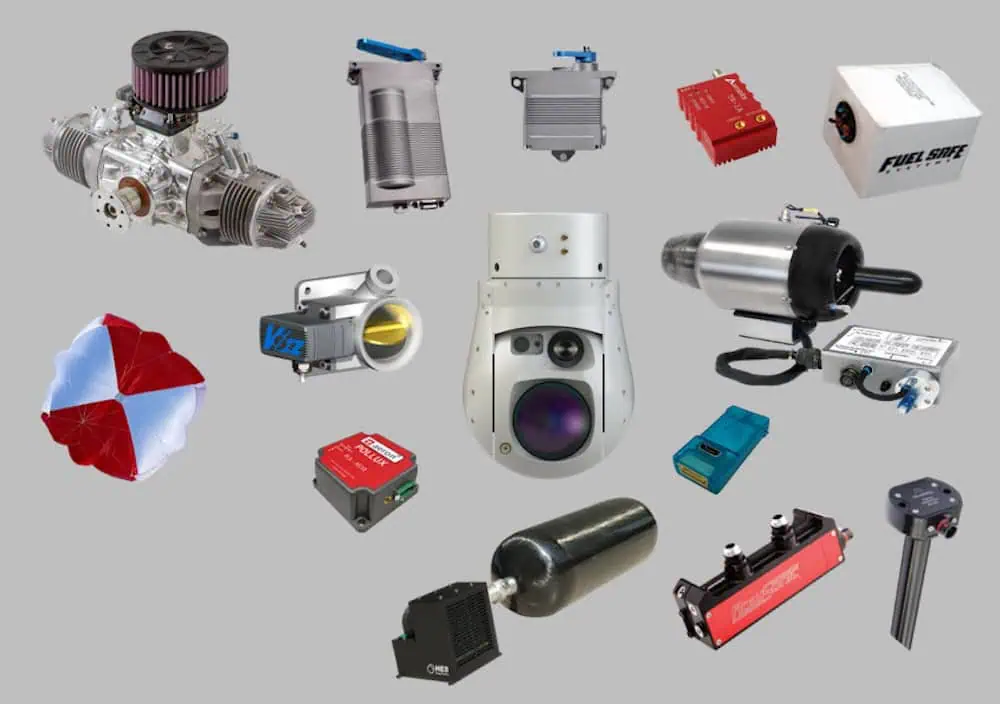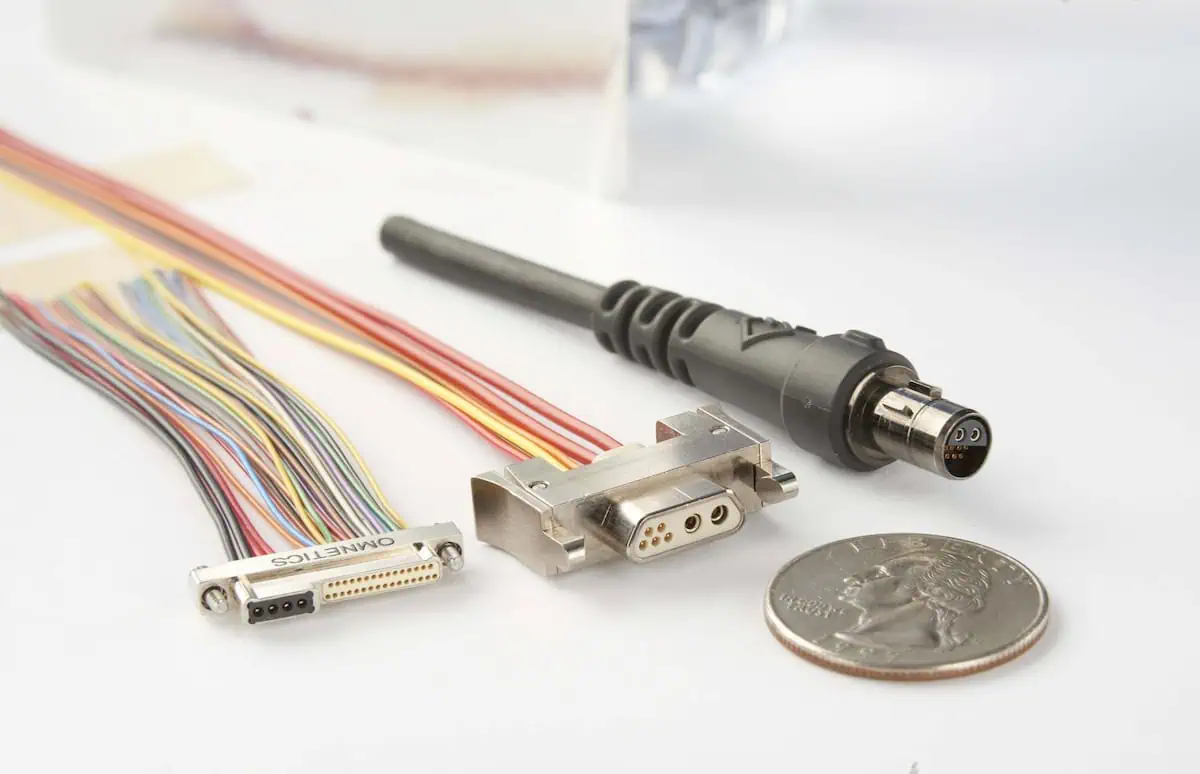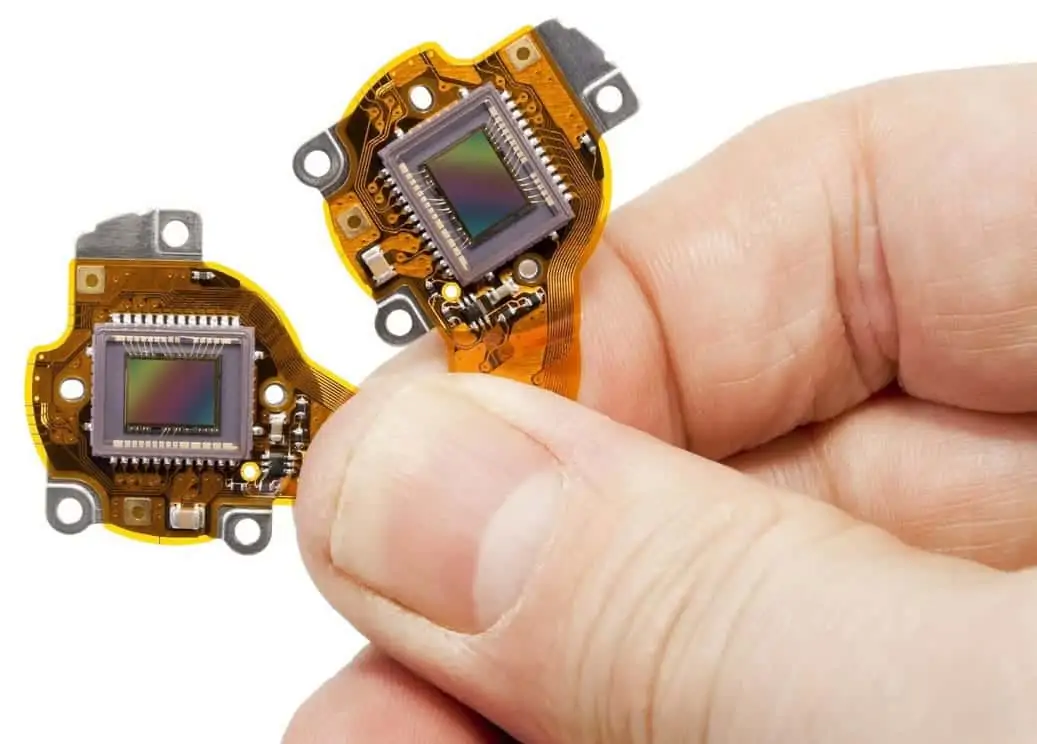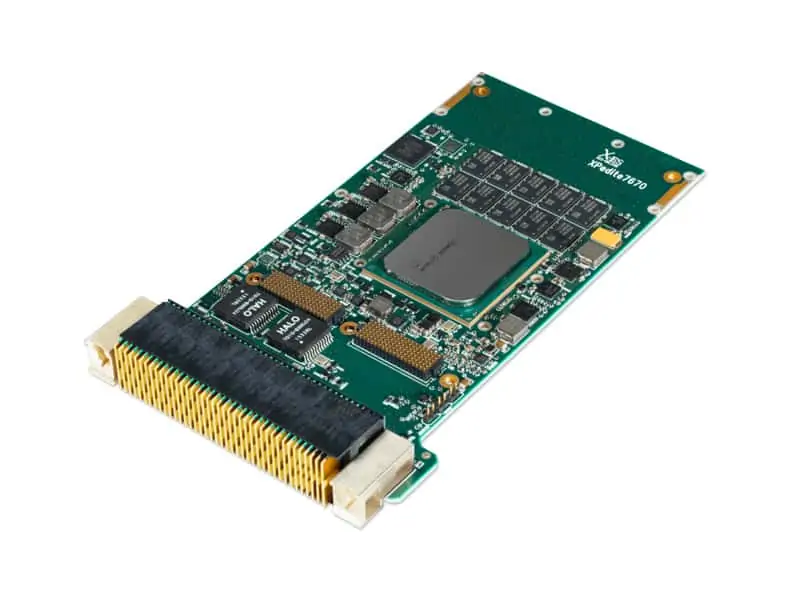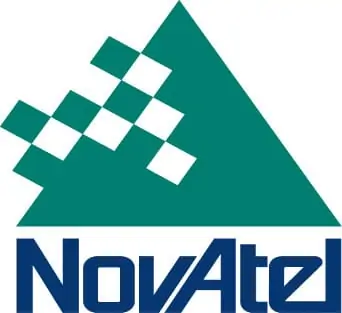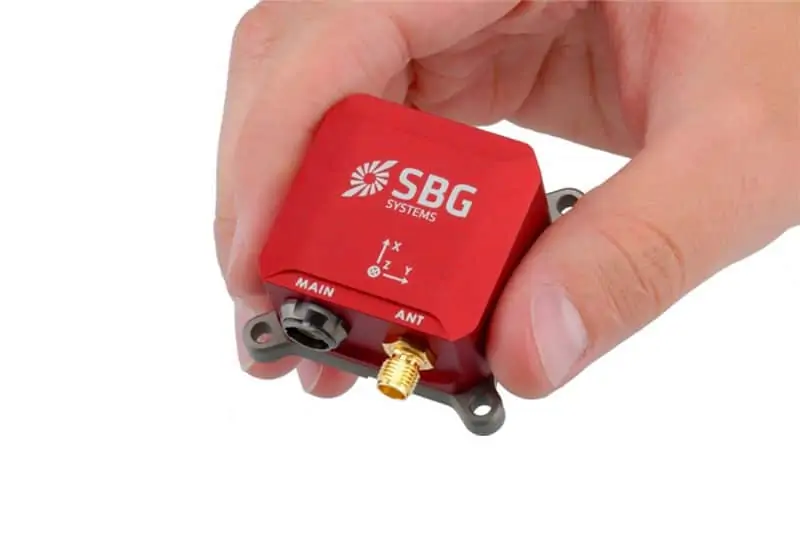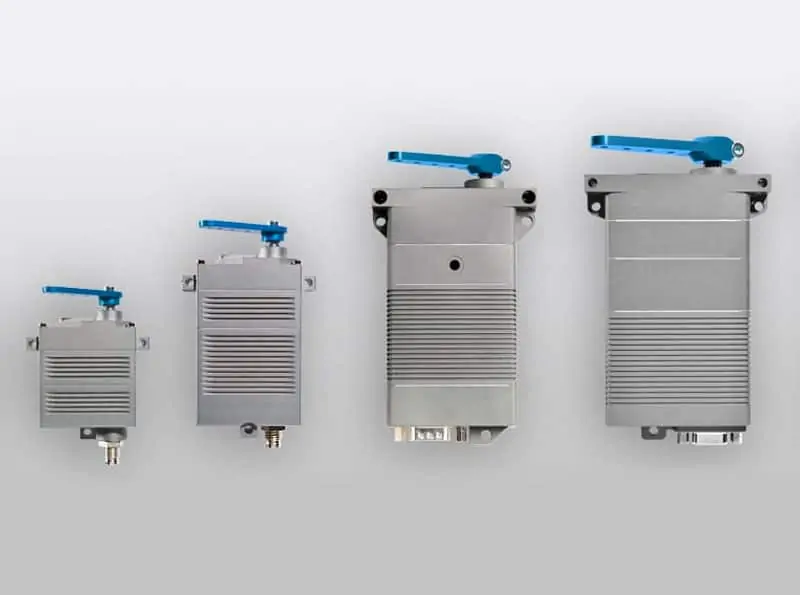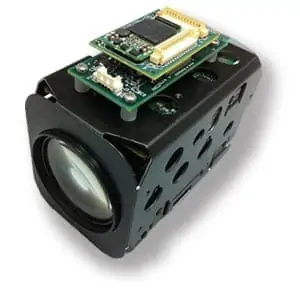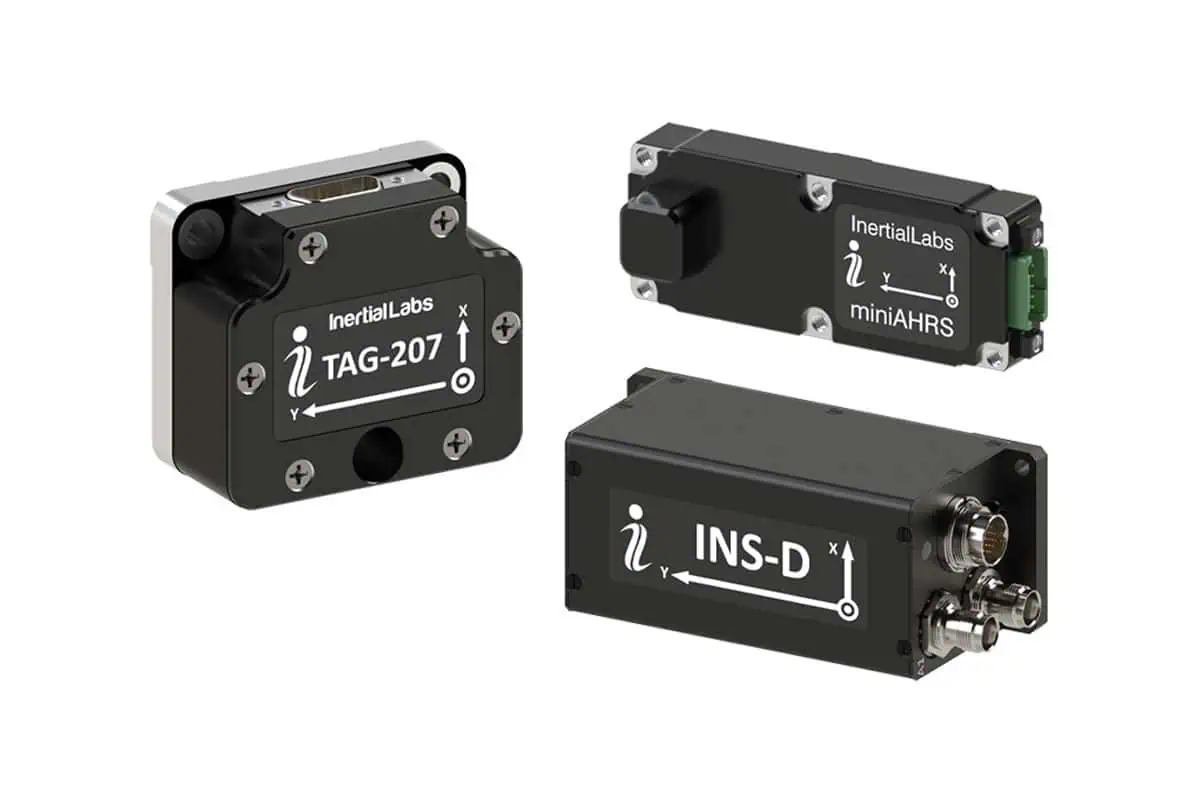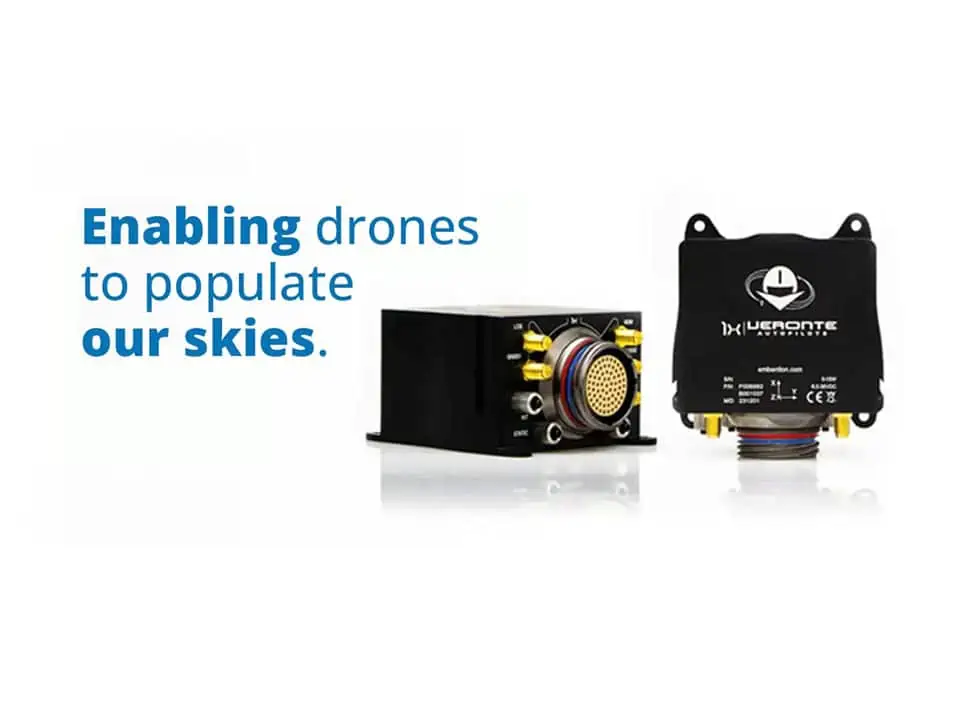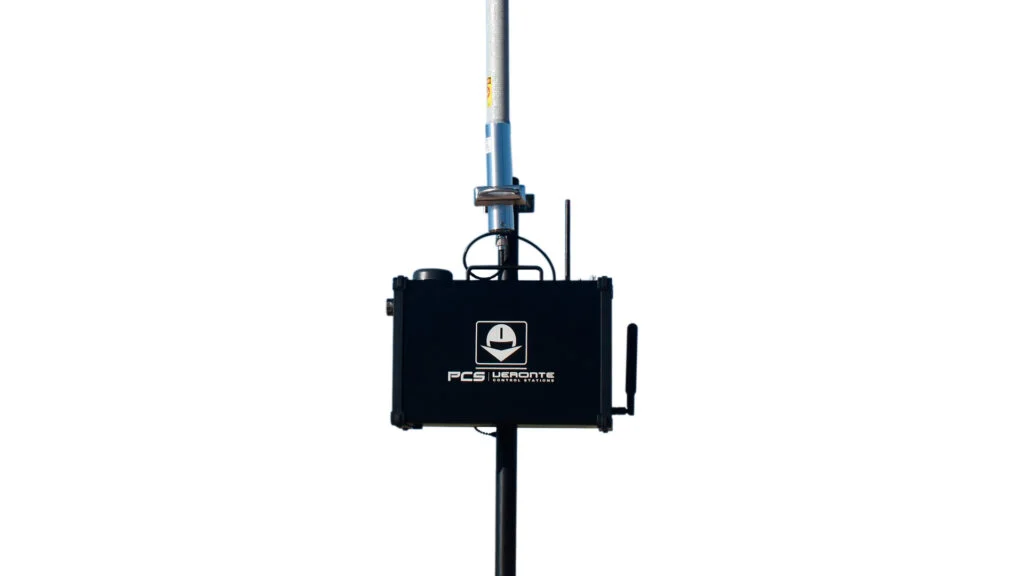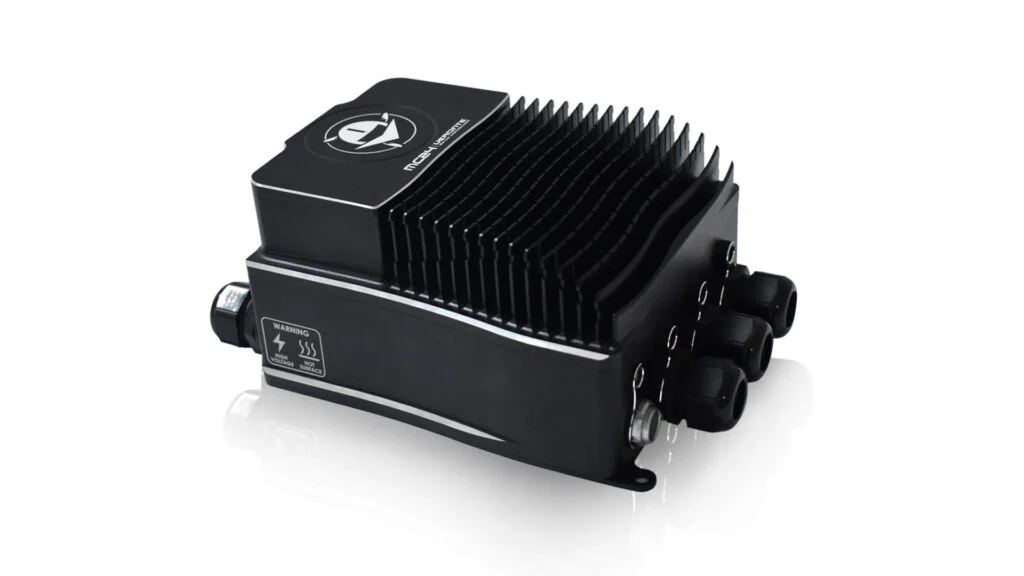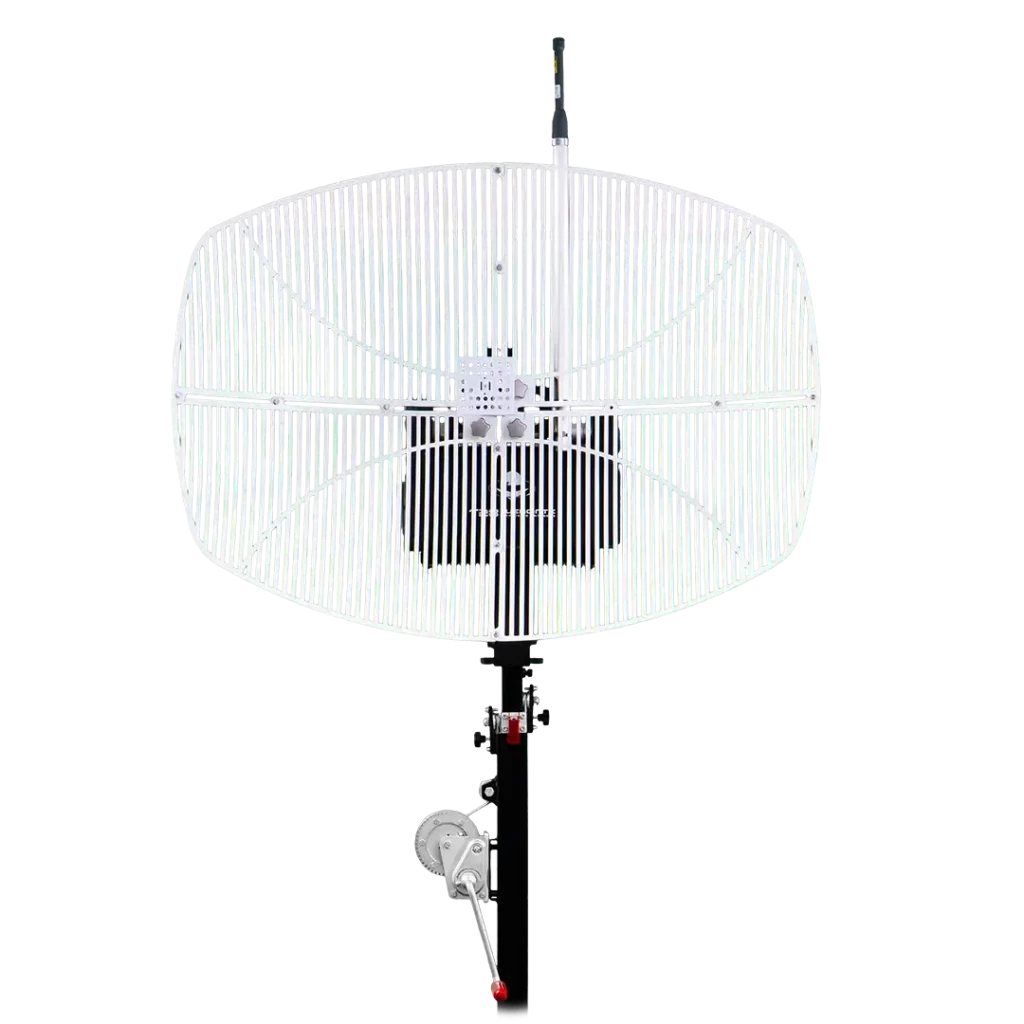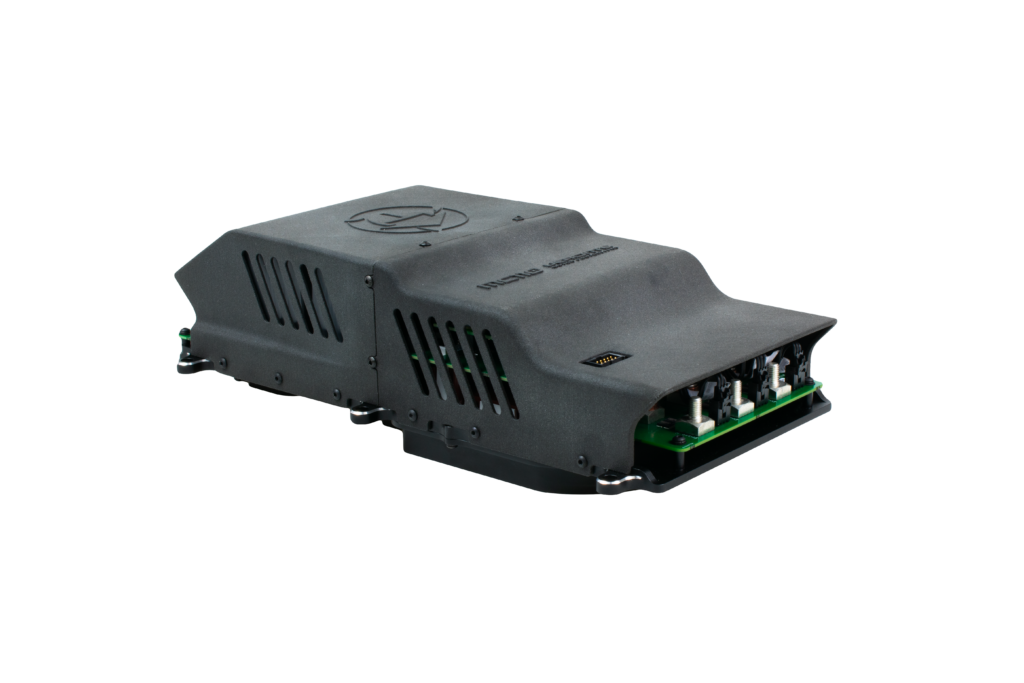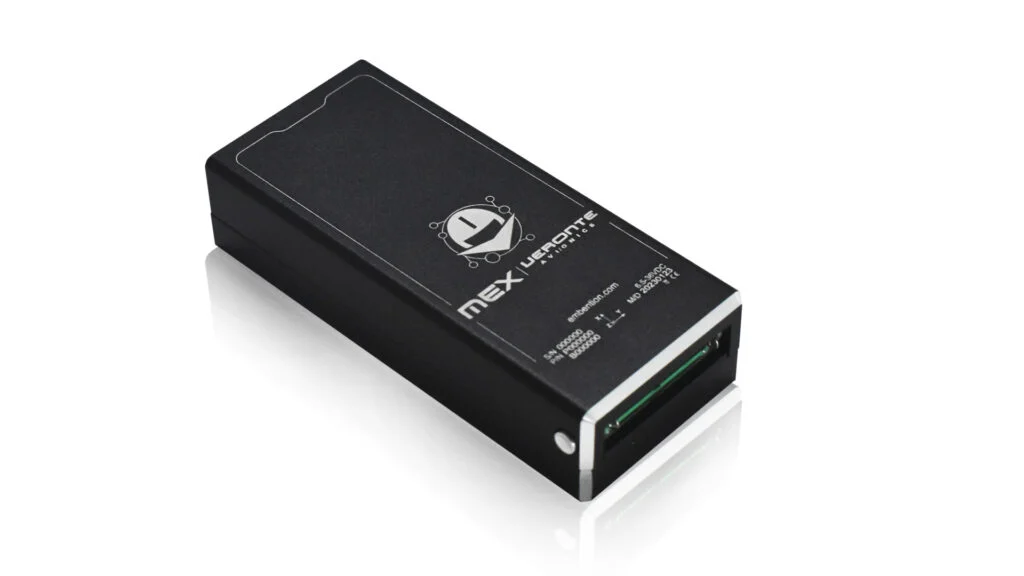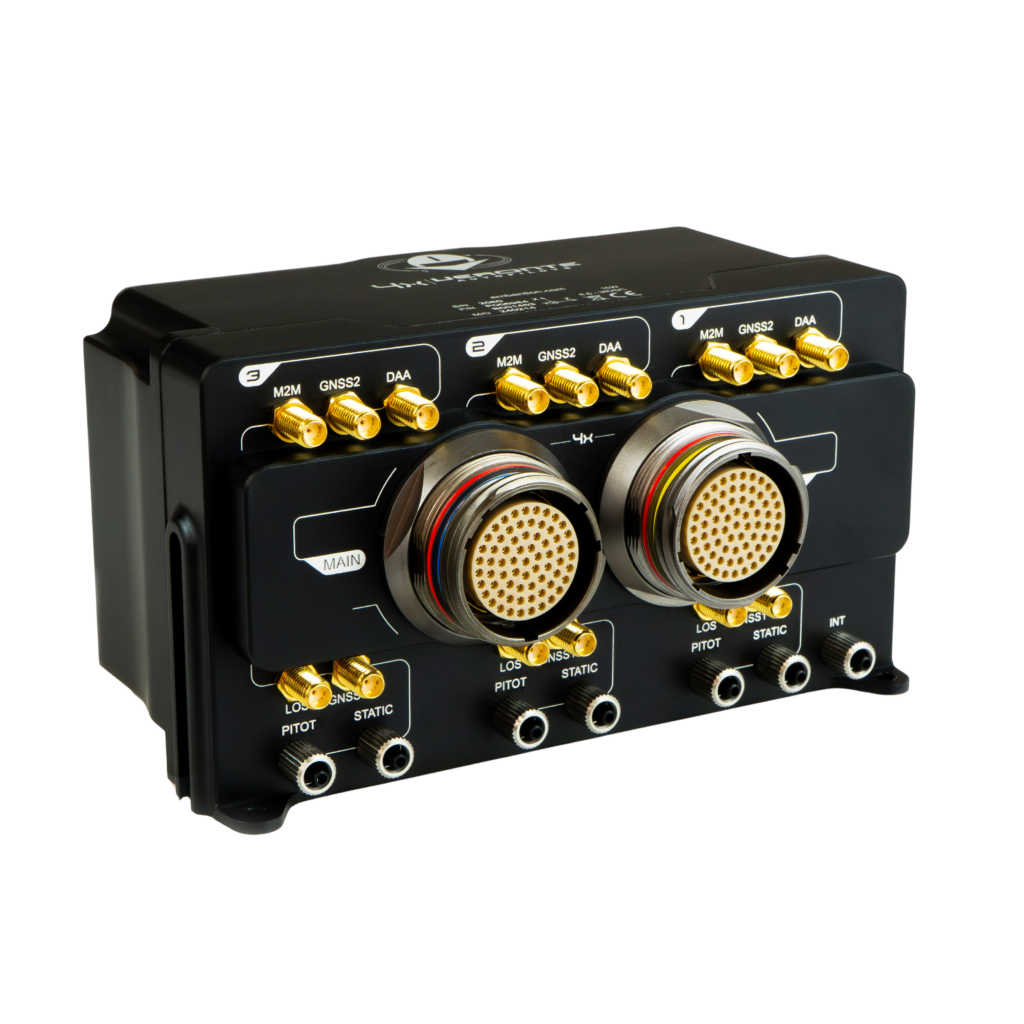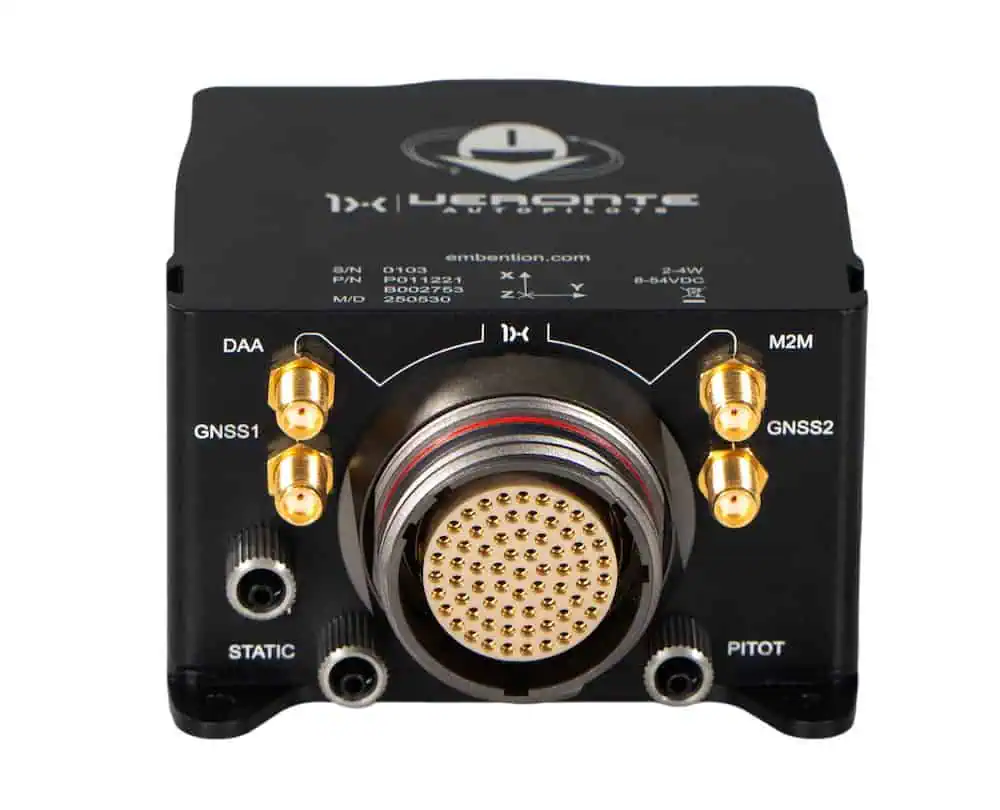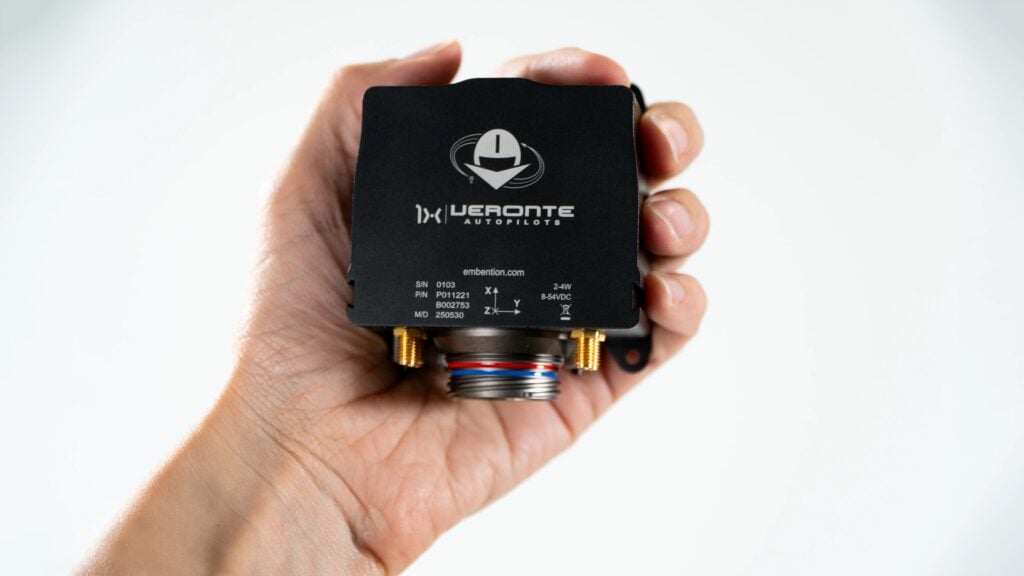
Embention has released the latest version of its flight control system, the Veronte Autopilot 1x 4.12, introducing major enhancements in sensor accuracy, communications, processing power, and system resilience.
Building on the success of version 4.8 launched in 2022, this new release underscores Embention’s ongoing commitment to advancing the safety, precision, and capabilities of unmanned aerial vehicles, all while preserving the same compact size and weight.
At the heart of the 4.12 upgrade is a reengineered sensor suite designed to deliver exceptional accuracy and robustness in demanding operational environments. GNSS performance has been significantly enhanced, with improved error reporting, refined jamming detection, and upgraded RTK functionality to support centimeter-level positioning. A third GNSS module, certified to TSO C199 standards, adds further redundancy and precision, while an improved magnetometer design provides better isolation from interference, ensuring reliable heading information even in electromagnetically noisy conditions.
Safety-critical functions have been fortified through an upgraded independent Safety Microcontroller (SuC), which now supports flight termination system (FTS) triggers in response to critical failures or manual activation. Fully compliant with Light-UAS.2511 containment requirements, this subsystem includes a dedicated power supply, an independent datalink input, and built-in self-tests to continuously monitor the main processor. The SuC can trigger the FTS based on customizable conditions, reinforcing operational safety in mission-critical scenarios.
Veronte Autopilot 1x 4.12 introduces a more versatile communications architecture, enabling seamless integration into both Line-of-Sight (LOS) and Beyond Visual Line-of-Sight (BVLOS) systems. An internal 4G LTE M2M module ensures high-reliability connectivity, while the internal LOS module has been replaced with a dedicated I/O channel, allowing users to select and configure external LOS or BLOS modules via Ethernet or serial interfaces.
To meet the demands of increasingly sophisticated UAV applications, the 4.12 release features a revamped computing architecture with a 1.3x boost in processing power and double the RAM capacity. These enhancements translate to a 25% overall improvement in system performance, enabling faster data handling, lower latency, and support for advanced onboard features and real-time control logic.
The new Veronte 1x also offers a more flexible and powerful I/O configuration. The number of RS232 and RS485 ports has been doubled to two each, and the CAN Bus interface now includes support for both CAN 2.0 and CAN FD. USB connectivity has been replaced with Ethernet for faster and more robust data exchange. General-purpose inputs/outputs (GPIO/PWM) have been revised to support higher voltage levels (now 8 channels at 5V), while the analog-to-digital converter (ADC) inputs offer expanded voltage compatibility, including 36V inputs for demanding applications.
Additional improvements include more precise startup signal control, an extended power input range from 8 to 54 volts, and an increased GNSS antenna voltage to 5V, ensuring broader hardware compatibility.
Durability and electrical protection have also been significantly enhanced. The 4.12 unit features strengthened construction for improved shock and vibration resistance, alongside advanced inrush current protection and reverse polarity safeguards on all inputs. Internal isolation has been optimized to improve overall system stability, and the integrated GNSS module is now compliant with TSO standards—supporting certification in regulated airspace environments.
Despite the breadth of new features and performance improvements, Veronte Autopilot 1x 4.12 maintains the same physical dimensions and weight as its predecessor. This ensures that existing UAV platforms can easily upgrade to the new version with minimal reconfiguration.

